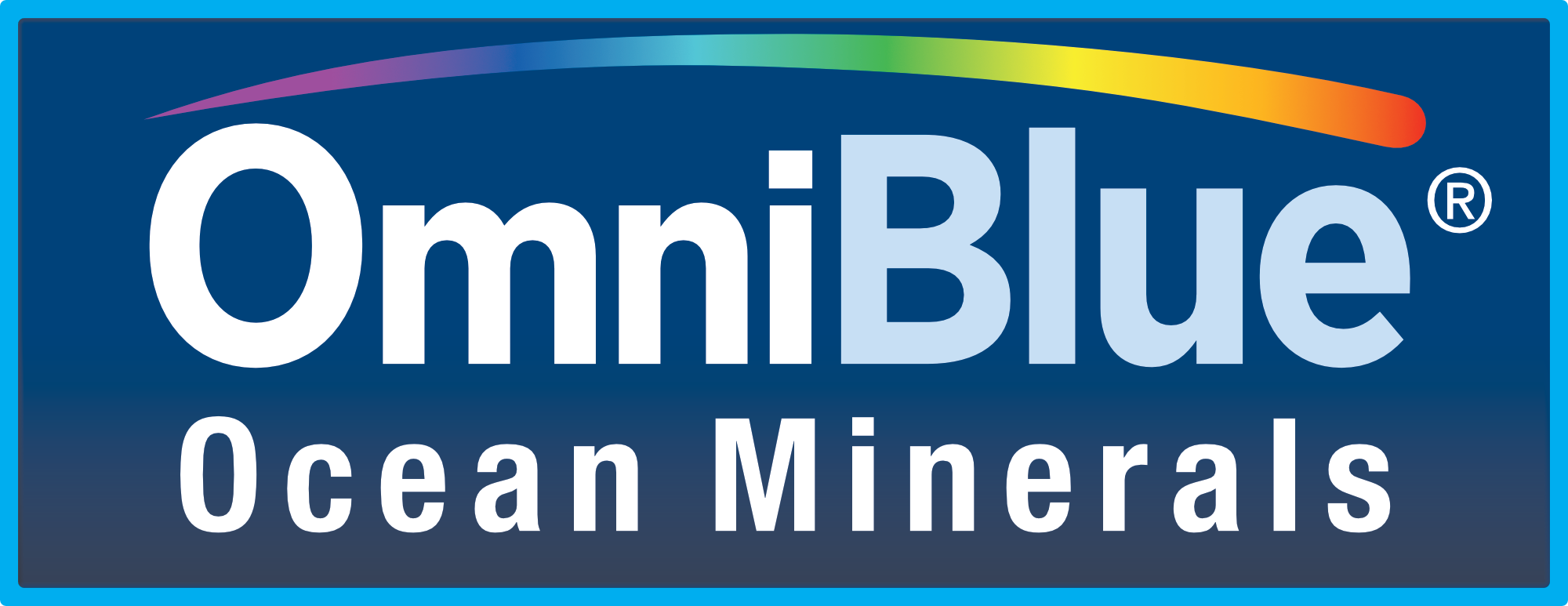You have probably seen those smug “Non-GMO” seals on the front panel of just about every product in the natural food aisle. So clearly Genetically Modified Organisms must be bad right? Otherwise there would be no reason to market it. Well today we aim at identifying what a GMO is, if a Non-GMO crop even exists, and what (if anything) we can do about it.

It’s All About The Looks (and taste)
Remember back when vegetables were oddly-shaped, dented, bruised foods? Just vegetables being vegetables. They weren’t all lined up one after the other in endless lines of identical plant matter. And we loved it! Well, sort of. Because as "natural" as those bruised tomatoes were, they didn't exactly fly off the shelves. So naturally, the agriculture sector took a big hit. That is until we somehow got perfect fruit and vegetables, which meant no more ugly ducklings and more profit.
How did this happen? Let’s introduce a concept called crossbreeding. For a millennia crossbreeding has been a popular activity amongst farmers, applied to both crops and livestock. In simple terms, this means taking the two largest cattle and breeding them together to make an even bigger one, or taking the two most beautiful tomatoes and crossbreeding them to make the Marlon Brando of tomatoes. This process was “the thing” for a very long time, giving incredibly satisfactory results. However after a while, scientists discovered and applied gene editing to the real world. Clustered Regularly Interspaced Short Palindromic Repeats, CRISPR, was the great technological advance that permitted widespread applications of gene editing (originally meant for disease cures). This allowed us to insert specific genes that would improve the crop in some way: increasing the yield, improving resistance to plagues, raising the beauty standard of crops, you name it. This was much more effective than crossbreeding, which led to a new era of farming.

We’re “Non-GMO”
As convincing as those seals are, they probably aren’t as advertised. The truth is that being GMO or Non-GMO is not a black and white distinction, but rather more of a gray area. Here’s why:
Farmers are already generously growing GMO crops instead of natural ones. So much so that well over 90% of all the US corn is GMO! That’s right, here’s the study if you’re interested in learning more. But why did we say that almost all crops are indeed GMO? You’d think that if you went to the minority farmers who stick to the old ways you could get yourself some perfectly natural and healthy crops.
Flashback to third grade: Do you remember how plants get fertilized? You need to get the pollen from the male part (stamen) into the female part (pistil). This can happen naturally through self pollination or through a quicker and more effective process that is called cross pollination. This implies that some insect like a bee or a butterfly goes from flower to flower collecting nectar and helping the plant carry out its vital functions. Now, we humans know how to delineate one farmer's crop from another, insects don’t. So if there is a Non-GMO cornfield close to a GMO one, there is a solid chance that some of your corn yield is going to be “contaminated” with GMO pollen from the neighboring cornfield, making them unintentionally GMO.
To truly grasp the magnitude of the issue we need to understand how far contaminated pollen can travel. “Successful pollen transfer between trees separated by a distance ranging from 10 to 84 km have been recorded” says PNAS. That’s anywhere from 6 to 52 miles in freedom units. Ergo most commercially available fruits/vegetables are GMO.
So are Non-GMO seals just a hack? Well, you may find it funny or rightfully infuriating, but to be Non-GMO Project certified, your product needs to be less than 0.9% GMO by weight. That’s like having caffeine in your decaf coffee, oh wait, there’s also some caffeine in there too! Sadly, GMOs are becoming increasingly pervasive in our diets, and it doesn't seem like we'll be able to eliminate them anytime soon.
Are GMOs Bad For You?
The good news is that as of the time of this writing there are no established detrimental effects to our health, and there is an incredibly high chance that they don’t pose a direct threat to your health and wellbeing. Yet, as with many other novel foods, we don’t know the long term effects of GMO feeding. 50 years from now, if we discover a detrimental side effect it will be incredibly hard to reverse. You know they say to never say never. We won’t, but you get how insurmountable that problem would be.
Aside from the possible risks to our health, there’s also several risks involving the environment. In the process of cross-breeding, there’s a risk of super resistant genes spreading to wild plants. This could lead to the rise of invasive plants that are hard to control, potentially disrupting ecosystems and reducing biodiversity.
Final Thoughts
So, unless you plan on growing your own food in an air-tight dome, GMOs are here to stay. Like we said, there are no detrimental effects on your health as of now, so it’s not all bad. It’s just important to know what you put into your body.
As always, we hope we’ve peaked your curiosity and you’ve learned something new about nutrition. Take care, we’ll see you next week!

Share:
Ozempic: A Solution To Obesity?
The Unfiltered Truth About Seed Oils